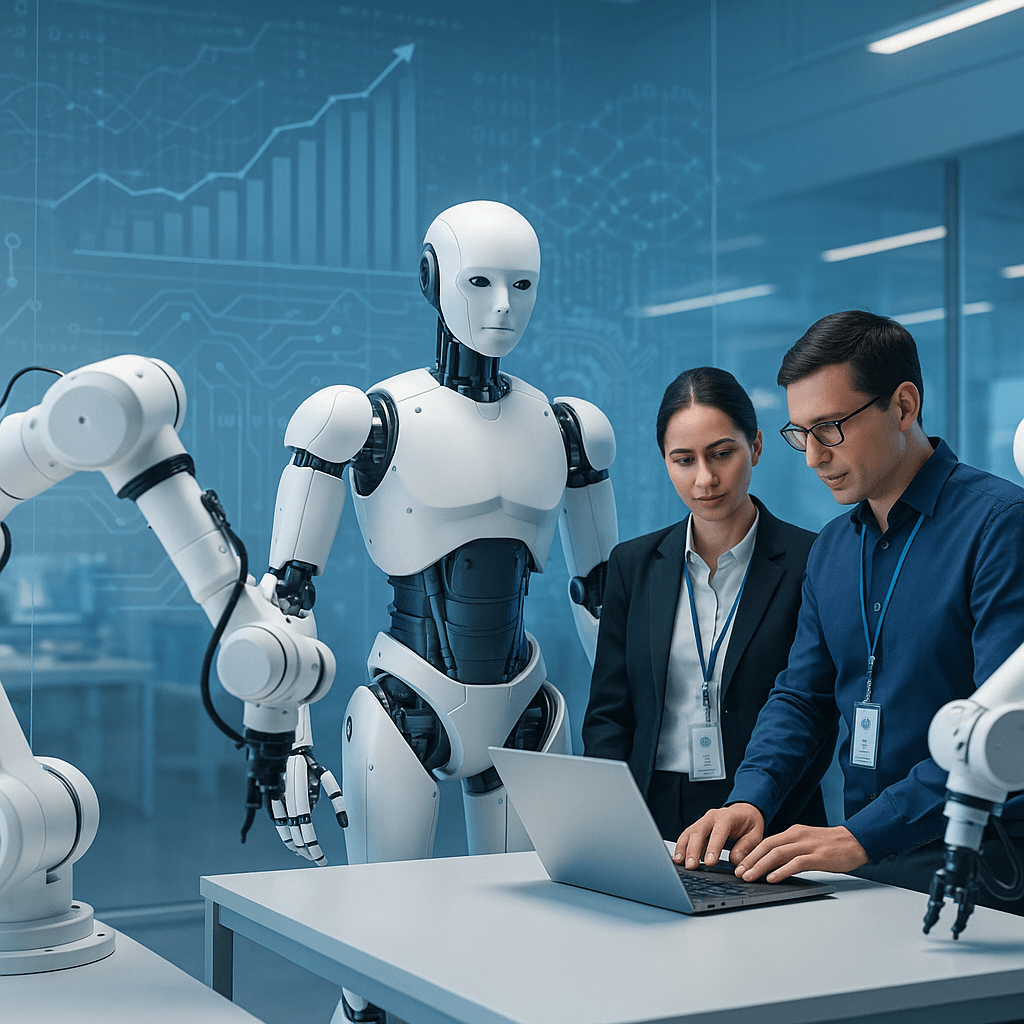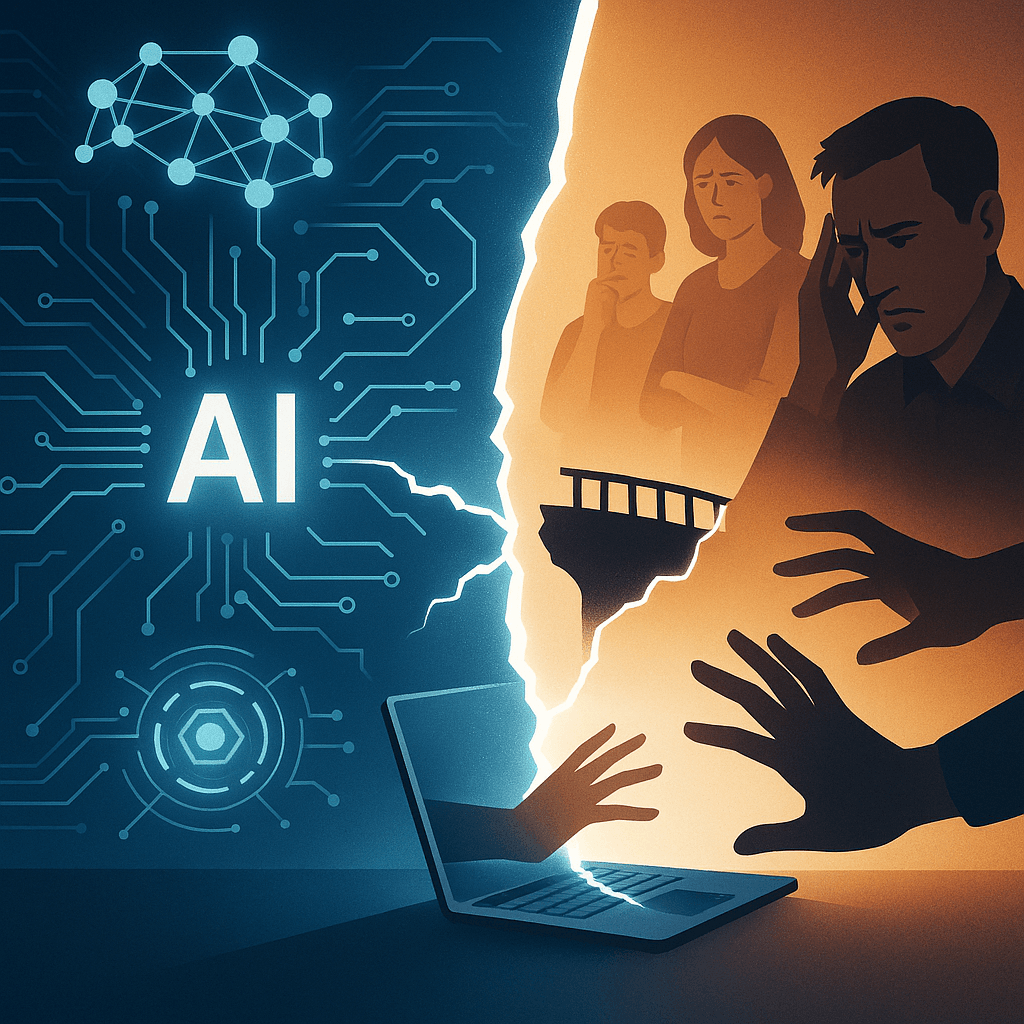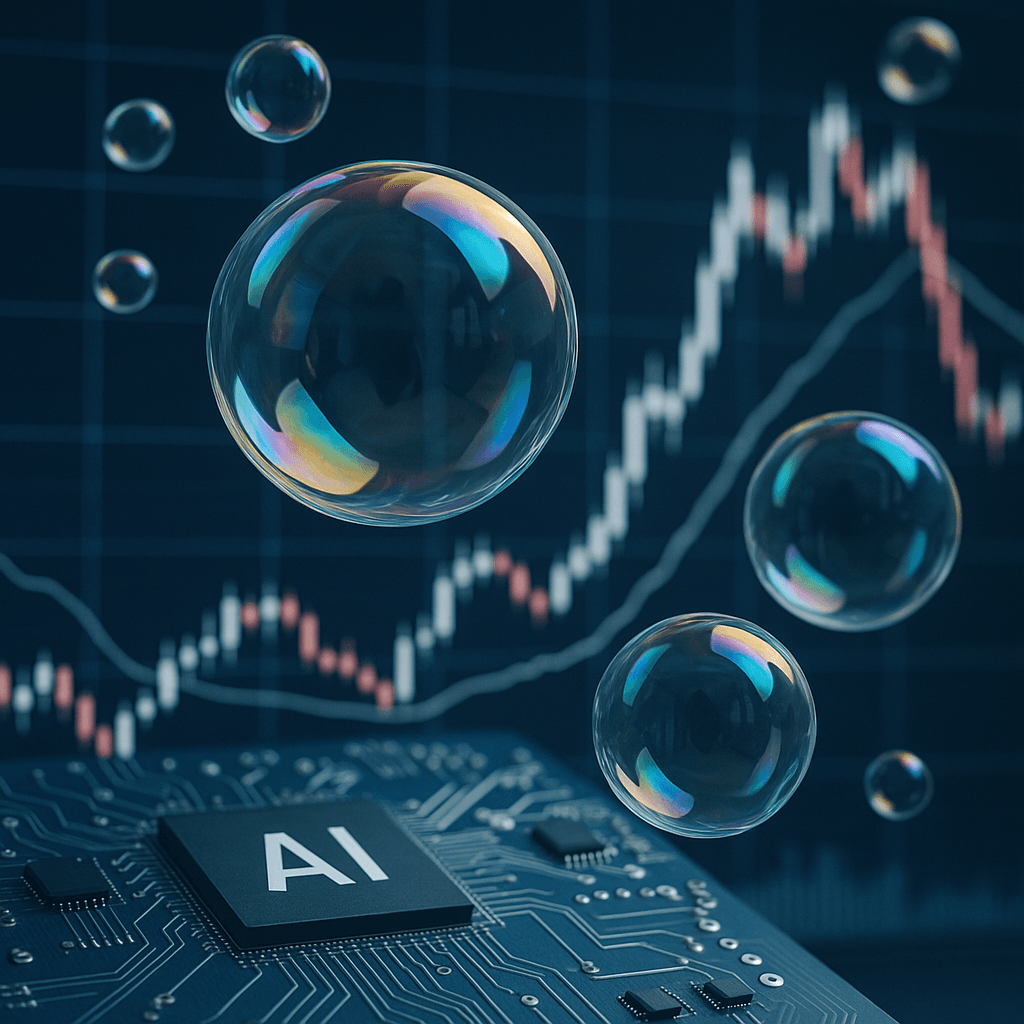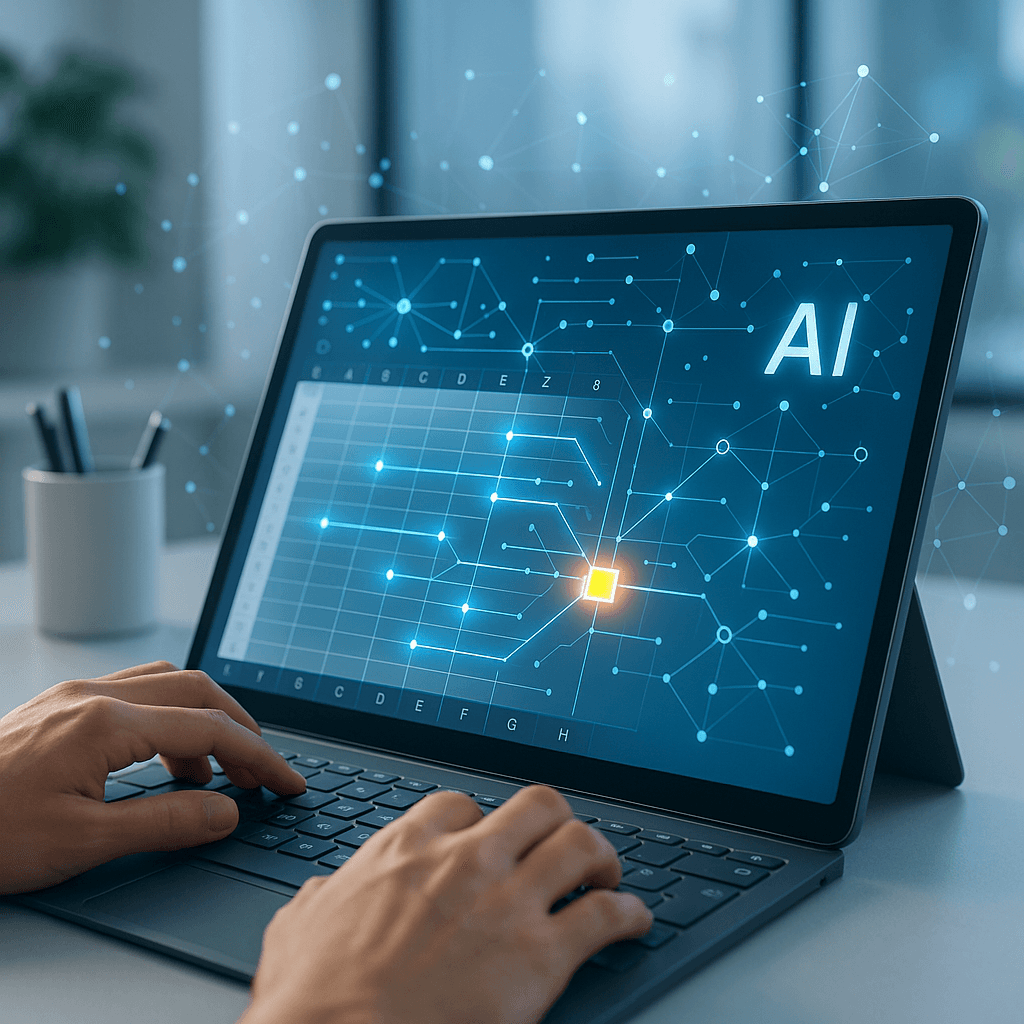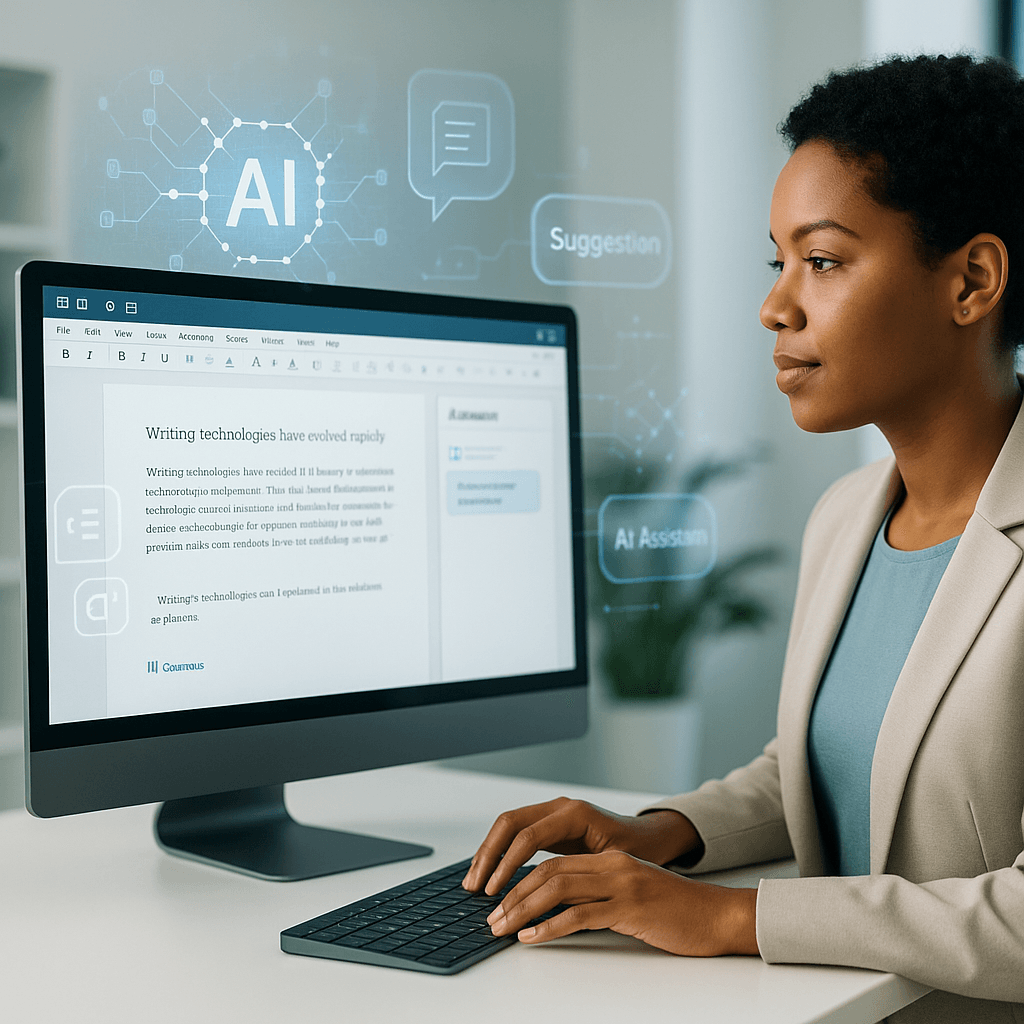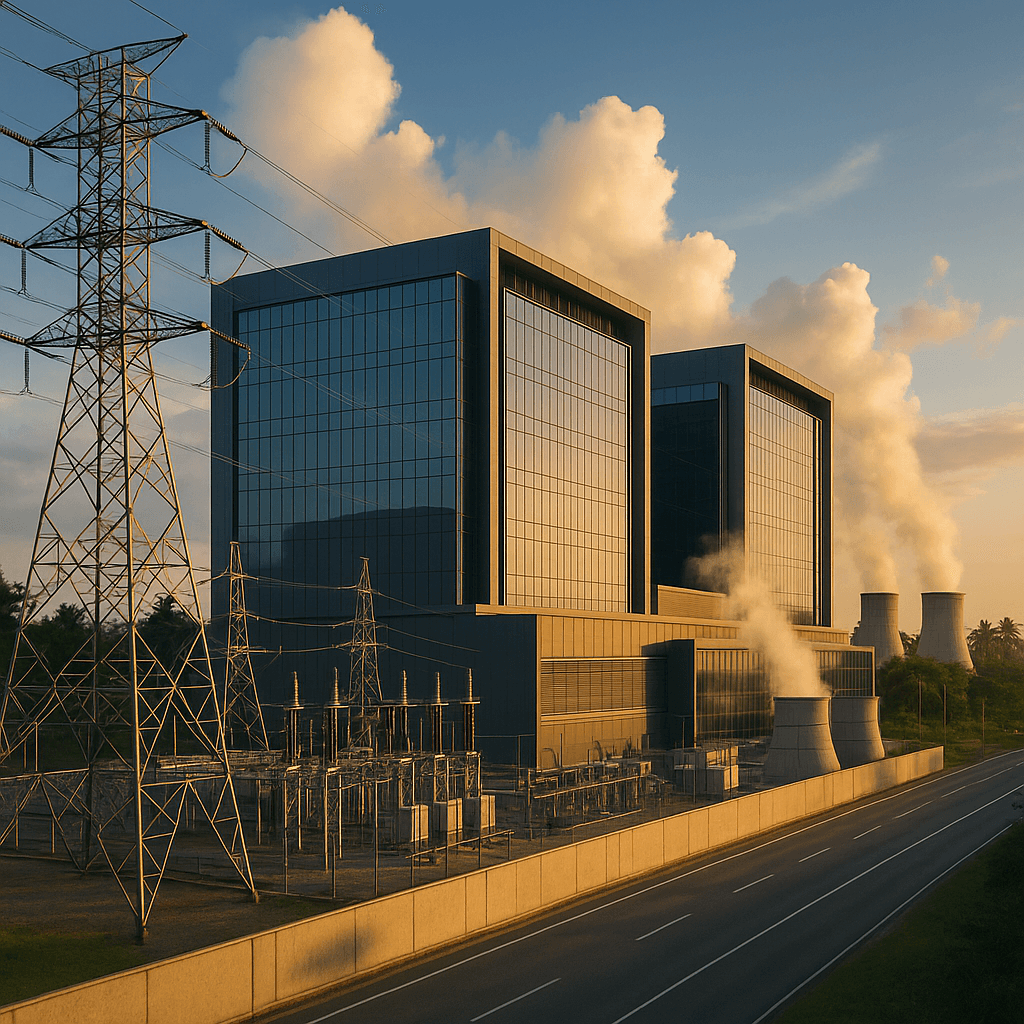NVIDIA just crossed a massive milestone that signals the robotics revolution is accelerating faster than anyone predicted. The chip giant's robotics platform now powers development for over 2 million engineers building everything from autonomous delivery bots to surgical assistants, marking a 10-year journey from niche hardware to the backbone of industrial AI automation.
NVIDIA just hit a developer milestone that puts the robotics boom into sharp perspective. The company's robotics stack now supports over 2 million developers, a massive leap that signals enterprise automation is moving from experimental to essential across virtually every industry vertical. From manufacturing floors to hospital corridors, NVIDIA's Jetson-powered robots are becoming the invisible workforce reshaping how businesses operate. The numbers tell a compelling story about where industrial AI is heading. Since launching the Jetson platform in 2014, NVIDIA has built an ecosystem spanning more than 150 hardware, software and sensor partners. That infrastructure now enables over 7,000 customers to deploy edge AI across industries from food delivery to facilities maintenance. Companies like Peer Robotics, Serve Robotics, Carbon Robotics, Lucid Bots, Diligent Robotics and Dexmate represent just the tip of the iceberg in terms of commercial applications already hitting the market. What's driving this explosion isn't just better hardware - it's NVIDIA's bet on physical AI becoming the next major computing platform. The company's next-generation Jetson Thor platform specifically targets humanoid robotics and physical AI applications, supporting any popular AI framework and generative AI model. The timing couldn't be more strategic. As labor shortages persist across sectors and AI capabilities mature, robotics is transitioning from science fiction to business necessity. NVIDIA's comprehensive software stack - spanning for robotics simulation, humanoid foundation models, for vision AI, and for real-time sensor processing - creates a cloud-to-edge development environment that's attracting both startups and Fortune 500 enterprises. The 2 million developer milestone also positions ahead of potential competition from , , and , all of whom are racing to capture the robotics platform opportunity. While those tech giants focus primarily on cloud-based AI services, edge-first approach gives developers the low-latency processing power essential for real-world robotics applications. Industry analysts see this developer momentum as validation that robotics is entering its iPhone moment - the point where hardware capabilities, software tools, and market demand converge to create explosive adoption. The fact that is teasing "exciting product news" later this week suggests the company isn't resting on this milestone but preparing to accelerate the platform's evolution even further.
